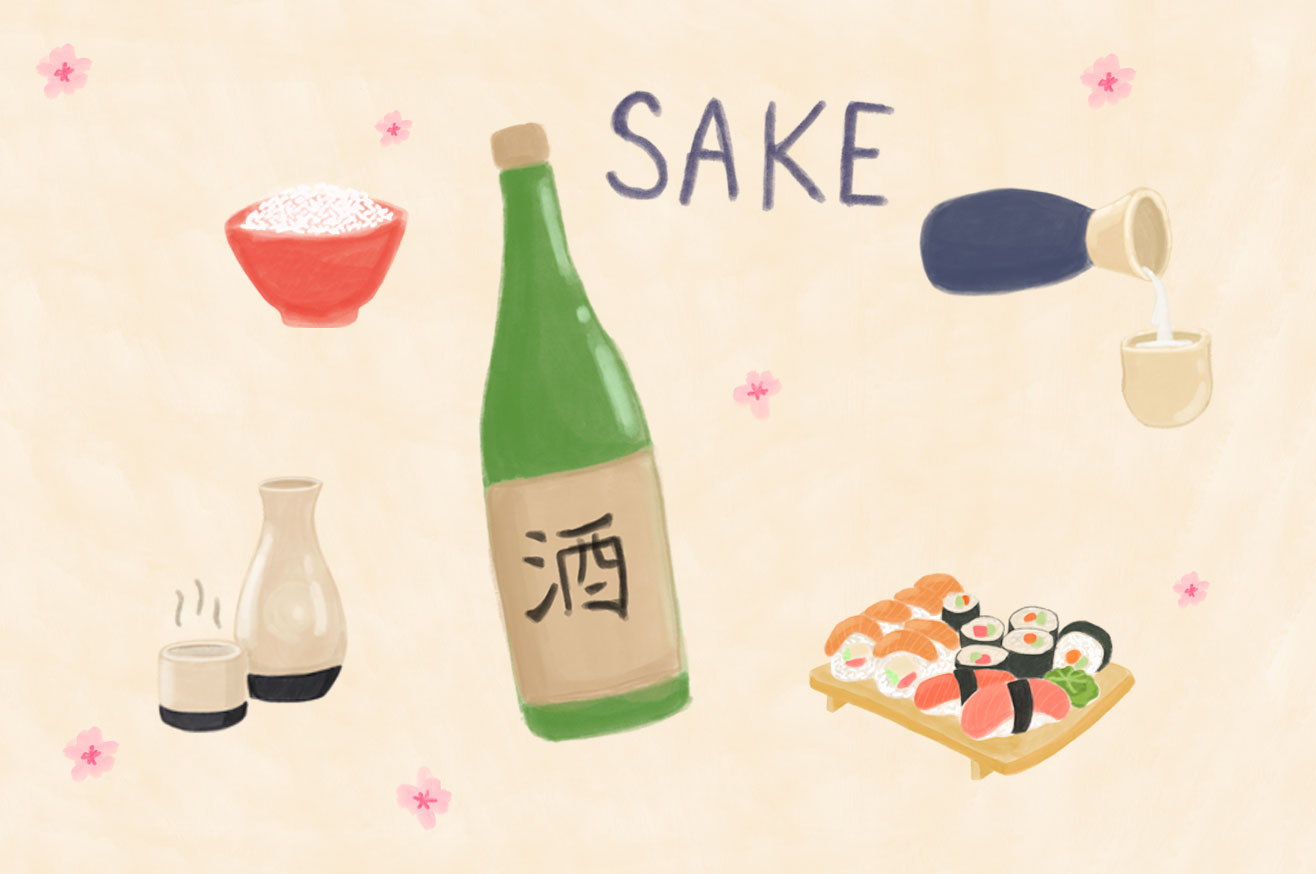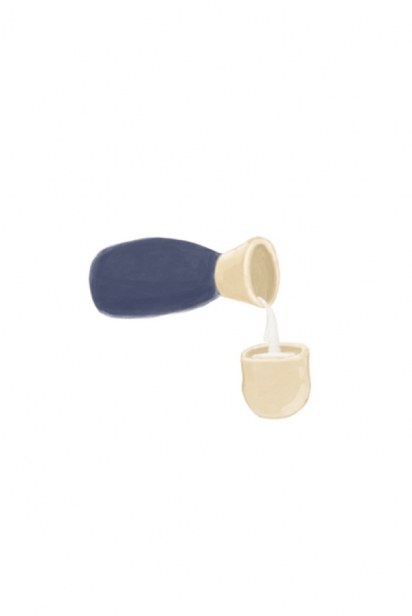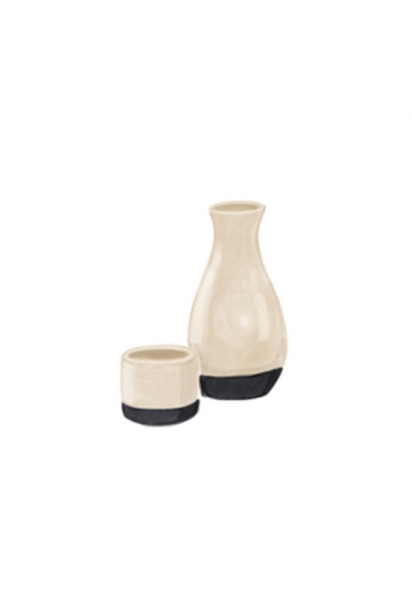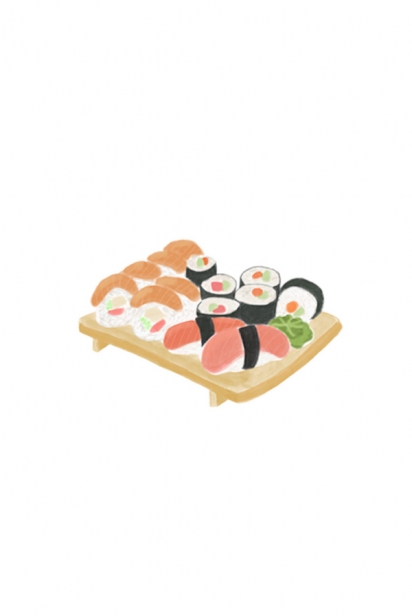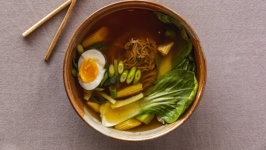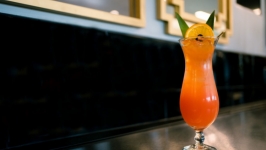Sake 101
While often revered as a traditional Japanese beverage, sake actually originated in China. These days, over 35 percent of all sake exported from Japan goes to the U.S., while demand and production in Japan is on the decline. Once, more than 30,000 sake breweries could be found in Japan, but now there are less than 1,400. Most Americans have been introduced to sake only in the context of eating sushi, but such limited use is unfair to this distinguished and nuanced fermented beverage. It pairs well with many types of food and can even be used as an ingredient in a cocktail. Try a sake-tini or a sake-driver by substituting the traditional spirits with sake.
Is Sake rice wine? No.
Wine is fermented from sugars in a fruit. Since rice is not a fruit, the fermented rice in sake is not technically wine. Sake breaks down rice using a two-step fermentation process. Rice starch is converted to sugar, then that sugar is converted to alcohol by yeast. This production process is more similar to making beer than wine.
The rice used in sake is called sakamai, which differs from rice consumed as food. Sake rice has softer grains, with more starch, less protein and less fat.
Alcohol content is about 13-18 percent, (30-36 proof ), which makes it stronger than most wines (on average the ABV, or alcohol by volume, for beer is 4.5 percent, 11.6 for wine and 37 for liquor).
Nihonshu-do, also known as Sake Meter Value (SMV), measures the sweetness to dryness level of a sake. An SMV of +5 is fairly dry, while -2 would be uniquely sweet.
Serving Etiquette
Sake is traditionally served out of porcelain flasks (known as tokkuri) and poured into small ceramic cups called sakazuki or ochoko. Chilled sake may also be served in wine glasses.
The most basic rule of serving sake is known as o-shaku. It is considered polite to pour sake for others but never directly for oneself. The ritual is believed to create an atmosphere of social interaction and bonding.
When being served sake, it’s respectful to lift one’s cup up off the table, hold it with two hands and be sure to take a sip before setting it back down.
The traditional Japanese term for "cheers" is kanpai! or kampai. Ochoko sake cups are raised and gently touched together.
Serving Temperature: Hot, Cold, In-Between?
Sake may be served either hot, cold or at room temperature depending on personal preference, the type of sake and the season. Often, hot sake (atsukan) is preferred during colder weather and chilled sake (reishu) is preferred in hotter weather.
There is a Japanese saying about sake: Nihonshu wa ryori wo erabanai — “Sake doesn’t fight with food." It can be served with any type of cuisine, once one learns the different varieties and qualities of sake.
There are 4 basic types of sake, each with a different brewing method: Junmai-shu (rice only, without any distilled alcohol); Honjozo-shu (a little distilled alcohol is added); Ginjo (highly milled rice, with or without alcohol added); Daiginjo (even more highly milled rice, with/without added alcohol). Understanding the various categories and flavor profiles of sake is a process similar to learning about the world of wine.


